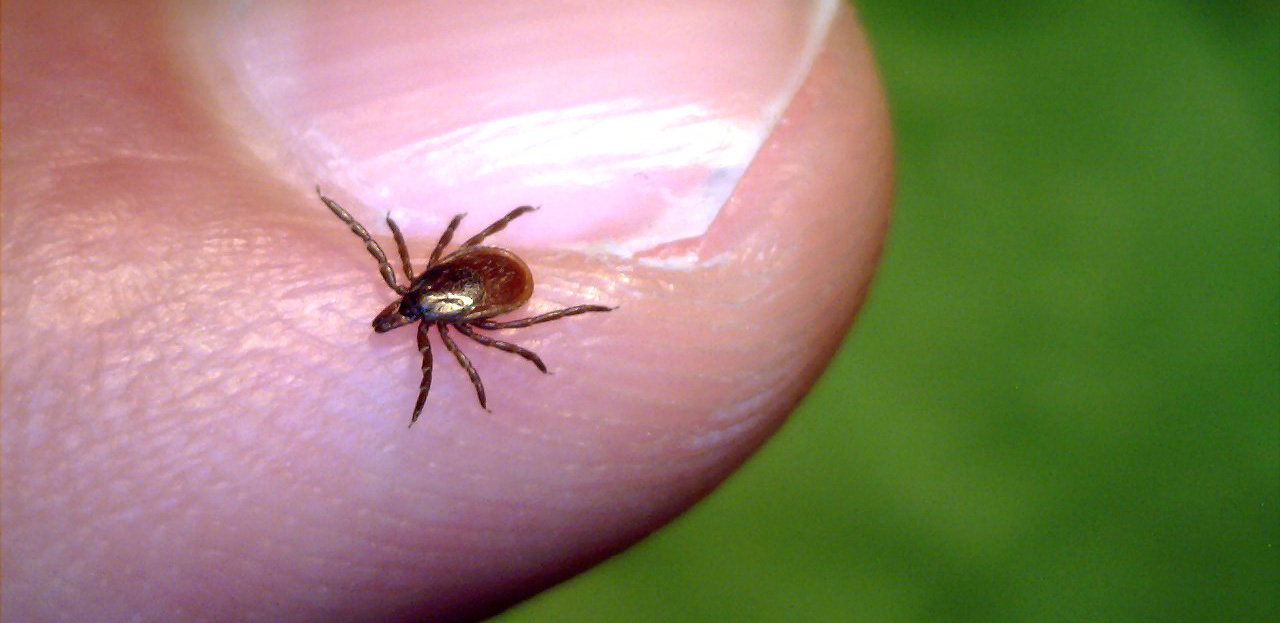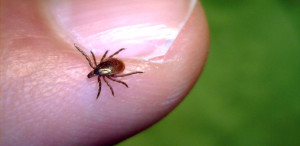New tick-borne illness can be harder to diagnose than Lyme Disease
Lyme Disease is a hot topic issue within the medical community as ticks in our region continue to spike in numbers.
However, a new tick-borne illness has been reported in a June medical journal, and while it is similar to Lyme in a lot of ways, it may be harder to diagnose.
“There is no specific test for this one. While with Lyme Disease there may be a bullseye rash, this one typically doesn’t have one,” said Dr. Lisa Esolen, director of infectious diseases at Geisinger Health Services. “The good news is that the treatment for Lyme is the same for this. If you get treated with the typical antibiotic, you should be fine.”
The new ailment is caused by a bacterium known as Borrelia miyamotoi. The microbe was first identified in Japan in 1995. The first report of it infecting humans came from Russia in 2011. Cases began appearing in the northeastern United States in 2013.
Borrelia miyamotoi is a spiral- shaped bacterium related to the one that causes Lyme disease. Infection with Borrelia miyamotoi often causes a recurring fever, as well as headache, muscle aches and chills.
The real message here, according to Dr. Esolen, is to local doctors.
“Physicians may be inclined to give a Lyme test, but this new condition by itself won’t show up on a Lyme test,” Dr. Esolen said. “People with this condition will tend to have blood counts that could be a little off. Their liver tests could be a little off. This could tend to make you a little sicker. The bacterial symptoms could be a little more intense. The people who have this would tend to look sicker than those who have a summer virus.”
Dr. Esolen admitted that the best course of treatment is prevention. Taking steps to prevent tick bites such as wearing long pants while outdoors, staying out of areas of heavy vegetation and doing a thorough self-examination for ticks after being outdoors will go a long way to avoiding any tick-borne illness.
Outside of prevention, Dr. Esolen urges people to watch for symptoms and seek medical attention if symptoms become severe. “Any time people are having high fevers, they should call their physician,” she said. “This new condition can cause pretty significant fevers, muscle aches and headaches. You’ll feel pretty sick. If you have a fever along with a persistent headache, you may want to get checked. There are tests that doctors can do to show if what you have is more of a bacterial infection vs. a virus.”
Outside of the symptoms, there is still a lot of unknowns with this new bacterial infection.
“I can’t tell you how many cases there are. We really don’t know. We’re not sure if there are any long-term effects yet, either,” she said.
“What we do know is that if you get on antibiotics, you are cured. It isn’t like this is a non-treatable condition.”
Tick first aid
A tick usually has to stay attached to your skin for about 24 hours for Borrelia miyamotoi or another tick-borne microbe to get into your bloodstream.
If you find a tick attached to your skin, remove it right away, but carefully and gently. Use tweezers to grab the tick as close to the skin as possible. You can also use a needle to very gently pry it off.
If the tick is swollen, it may have been attached for a while. Contact your doctor. He or she may recommend a dose of antibiotic, especially if tick-borne diseases are common where you are.
Tips for protecting yourself from ticks
1. Wear light-colored clothing. Light colors make ticks easier to spot, especially the tiny deer ticks.
2. Tuck your pant legs into your socks. It’s not a flattering look but does create a physical barrier against ticks.
3. Use insect repellent. DEET, the active ingredient in many insect repellents, is somewhat effective against ticks at normal concentrations. It may take a heavier concentration of DEET — between 30 percent and 40 percent — to really keep them away. Permethrin is a stronger chemical that kills ticks, as well as repels them. Products containing permethrin should be sprayed on clothes, not on the skin.
4. Stay in the middle of the path. Ticks can’t fly or jump, so they can only get on you if you come into contact with their environment. They prefer moist, shady, wooded areas, with plenty of leaves, low-lying plants, and shrubs.
5. Inspect yourself and other family members, especially the legs and groin. Most ticks probably get picked up on the lower legs, then climb upward in search of dinner. The shower is a good place to conduct a tick check. Feel for any new bumps on soaped-up skin.
6. Put your clothes in the dryer. Deer ticks can survive a hot-water wash, but an hour in a dryer will kill them.
7. Think sunny. Ticks don’t do well in dry, open areas. Set lawn furniture and playground equipment back from the edge of wooded, shady areas. If you’re picnicking, look for a patch of welltended lawn or some open ground.
8. Protect your dog, too. Deer ticks will latch onto dogs, as well as humans. Groom your dog daily and check it all over for ticks. A variety of sprays, collars, and topical products are available to kill or repel ticks. Vaccines are also available for dogs.


